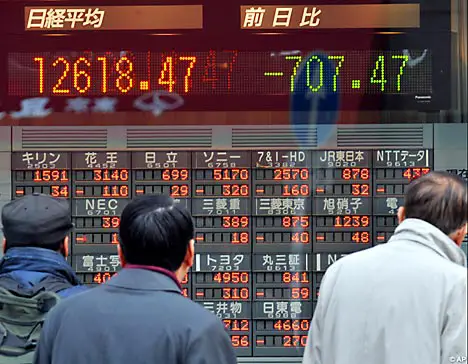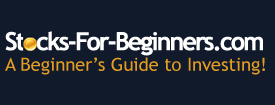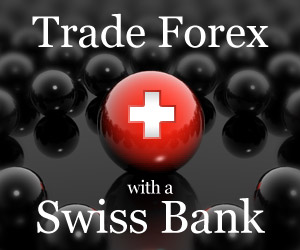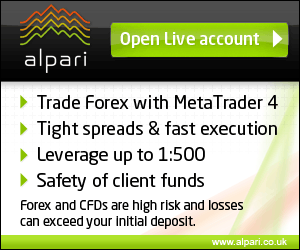Hong Kong Stock Exchange, HKEx
Hong Kong Stock Exchange and its clearing houses serve a wide range of companies, investors and market intermediaries.
Hong Kong Stock Exchange and Clearing Limited, or HKEx, operates a securities market and a derivatives market in Hong Kong and the clearing houses for those markets. HKEx is today one of the world's largest exchange owners based on the market capitalization of its shares. It is Asia's third largest stock exchange in terms of market capitalization at year-end 2009, behind the Tokyo Stock Exchange and Shanghai Stock Exchange. As of 30 April 2010, the Hong Kong Stock Exchange had 1,334 listed companies from over 15 countries and regions with a combined market capitalization of US$2.3 trillion and average daily turnover of US$9 billion.
HKEx Trading Hours
The trading day consists of:
- A pre-opening auction session: from 9:30 am to 9:50 am. The opening price of a security is reported shortly after 9:50 am.
- A morning continuous trading session: from 10:00 am to 12:30 pm
- An afternoon continuous trading session: from 14:30 pm to 16:00 pm
The trading hours mentioned above are stated in local time Hong Kong. The Standard time zone for Hong Kong is UTC/GMT +8 hours.
HKEx Trading Markets
HKEx operates two markets on which companies may choose to list their shares:
- Main Board - A market for companies that meet profit or other financial standards requirement. The industries of companies listed on our Main Board range from conglomerates and banks to utilities and property plays.
- Growth Enterprise Market (GEM) - GEM is positioned as a second board and a stepping stone towards the Main Board; new admission requirements for GEM are largely in line with Main Board but less stringent.
As of April 30, 2010, there are 1,161 Main Board companies and 173 GEM companies.
Main Board
As a gateway to Mainland China and with close trading and business links to other Asian economies, Hong Kong is strategically placed in a high growth region. Over the years, Hong Kong has developed into an internationally recognized financial centre and has provided many Asian and multinational companies with fund-raising opportunities.
The Main Board basic listing requirements are:
- Trading record of not less than 3 consecutive years
- Profit of not less than HK$50 million in the last 3 financial years; HK$20 million in the most recent year and HK$30 million as aggregate of the 2 preceding years
- Expected market capitalization of not less than HK$200 million at the time of listing
- At least HK$500 million of revenues for the most recent audited financial year
- Positive cash flow from operating activities of at least HK$100 million in aggregate for the three preceding financial years
Please refer to HKEx Listing Requirements for Equities for details and special listing requirements.
Growth Enterprise Market (GEM)
Growth enterprises particularly those emerging ones, i.e. enterprises that have good business ideas and growth potential, are not always able to take advantage of fund-raising opportunities on the Main Board of HKEx, since they do not fulfill the profitability/track record requirements and are therefore unable to obtain a listing. The Growth Enterprise Market (GEM) is designed to bridge this gap.
The GEM basic listing requirements are:
- Active business pursuits for the 2 years before listing application
- A positive cash flow generated from operating activities in the ordinary and usual course of business of at least HK$20 million in aggregate for the two financial years immediately preceding the issue of the listing document
- Market cap of at least HK$100 million at the time of listing
Please refer to HKEx Listing Requirements for Equities for details and special listing requirements.
HKEx Securities Market Products

HKEx operates a securities market where investors can buy and sell a wide range of products including: equities, corporate bonds, convertible bonds, government and supranational bonds and notes, corporate warrants, derivative warrants, unit trusts and mutual funds, exchange traded funds, equity linked instruments. Market making systems are available for some of the products to enhance liquidity.
HKEx Trading System
Hong Kong Stock Exchange operates an efficient, transparent and orderly securities market through its Third Generation Automatic Order Matching and Execution System (AMS/3).The central order book is transparent to investors as the market depth is revealed by showing the 5 best bid and ask prices.
Orders from investors are automatically matched and executed in price and time priority on AMS/3 and trades are transferred to the Hong Kong Securities and Clearing Company (HKSCC) for automatic settlement among Exchange Participants.
HKEx Trading Specifics
It is normal for Hong Kong stocks of even well-known companies to trade at prices that correspond to less than HK$4 a share. A Hong Kong stock would not be considered a penny stock unless its price was less than about HK$ 0.50.
Each stock has its own individual board lot size (an online broker will usually display this along with the stock price when you get a quote); purchases in amounts which are not multiples of the board lot size are done in a separate "odd lot market".
There is a close-in-price rule for limit orders, which must be within 24 ticks of the current price. Individual brokers may impose an even stricter rule. Thus it is not possible to exploit volatility by placing a lowball limit order in the hope that it might be hit before the end of a trading session.
The Main Indices Tracking HKEx
Various indices measure the performance of the Hong Kong Stock Exchange, such as the Hang Seng Index, the Hang Seng China Enterprises Index (tracks H shares), Hang Seng China-Affiliated Corporations Index (tracks Red chips), the S&P/HKEx Large Cap Index, the S&P/HKEx GEM Index and the MSCI family of indices.
HKEx History
Reports of securities trading in Hong Kong Stock Exchange date back to the mid-19th century. However, the first formal market, the Association of Stockbrokers in Hong Kong was not established until 1891. The Association was re-named the Hong Kong Stock Exchange in 1914.
A second exchange, the Hong Kong Stockbrokers' Association was incorporated in 1921. The two exchanges merged to form the Hong Kong Stock Exchange in 1947 and re-establish the stock market after the Second World War. Rapid growth of the Hong Kong economy led to the establishment of three other exchanges - the Far East Exchange in 1969; the Kam Ngan Stock Exchange in 1971; and the Kowloon Stock Exchange in 1972.
Pressure to strengthen market regulation and to unify the four exchanges led to the incorporation of SEHK, the Stock Exchange of Hong Kong Limited in 1980. The four exchanges ceased business in March 1986 and the new exchange commenced trading through a computer-assisted system.
Written by: Goran Dolenc
Do you find this content useful? Like! Tweet! Recommend! Share!
Back from Hong Kong Stock Exchange to Stock Market for Beginners
Back from Hong Kong Stock Exchange to Best Online Trading Site for Beginners home page







